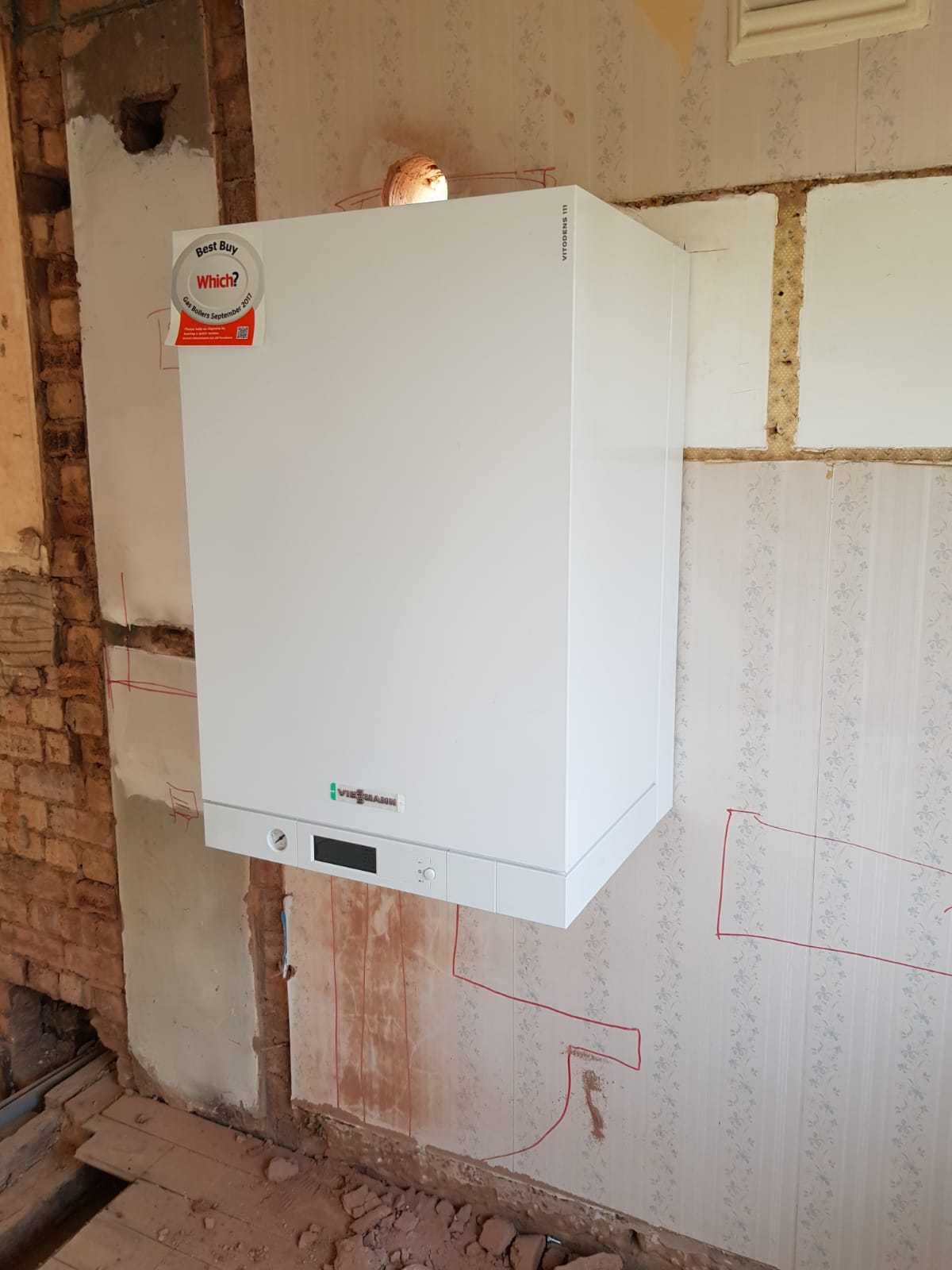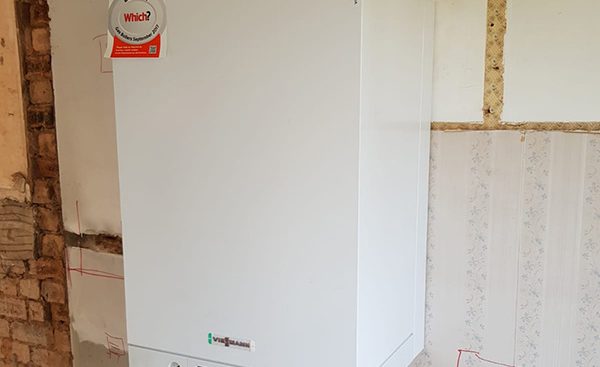When Does Condensing Occur in my Boiler?
A common misconception is that a condensing boiler is doing so all the time, this is not the case. For the condensing boiler to operate at maximum efficiency, the secondary heat exchanger’s surface needs to be equal to or below the dew point temperature of the fuel used. This is the temperature at which water droplets form. For natural gas boilers, the dew point is around 55C. Unfortunately, most boilers do not use this technology enough due to many various factors, running at higher temperatures, incorrectly sized radiators, lack of a thermostat, lack of modern smart controls but to name a few.
The flue gases contain the condensate heat
During the combustion of a fuel, in this case gas, flue gases are produced in addition to the measurable heating output. The latter consist mainly of hot steam, the components of which can be acidic. To protect the boiler itself and the flue gas system from this acidic steam, older boilers direct the flue gases outside. Depending on the heating technology, the exhaust gas temperature can be up to 200 degrees Celsius. Condensation of the water vapor in the exhaust gases is thus deliberately prevented.
The recovery of the hidden heat
A simple demonstration can be made that hot steam still contains energy: Whoever holds their hand over a pot of boiling water will quickly notice this energy on the palm of their hand. This is because the steam condenses on the surface of the hand and releases the hidden heat, also called condensation heat, at this point. One of the functions of gas condensing technology is to recover this condensation heat and add it to the heating water. For this purpose, the hot flue gases are passed through a heat exchanger before they reach the outside. There are many benefits to your boiler condensing as much as possible like lower running costs, improved comfort levels and boiler longevity as well as lowering your carbon footprint.
How can we ensure our boiler is condensing?
Well the simple answer would be to turn your boiler down so its maximum temperature is 55 degrees. “What” I hear you say “turn our boiler down so my radiators don’t burn the skin off my hands. Well yes, the strange thing is is that most radiators are grossly oversized and more than capable of keeping your house warm without anybody sweating to death before the inevitable “has somebody turned the heating on” and so starts the great debate over what is the right or most comfortable temperature in your home.
The other options for ensuring your boiler is condensing are the right type of controls, and with the introduction of Boiler plus regarding a minimum type of control for all new boiler installations this should be very straightforward. Most if not all boiler manufacturers have a wide variety of options from flue gas heat recovery systems, weather compensation, load compensation and optimization.
The simple facts are that using manufacturers boiler and controls means they are instantly compatible and talk the same language through the software installed, which really means its going to be highly efficient and condensing more often than not.

